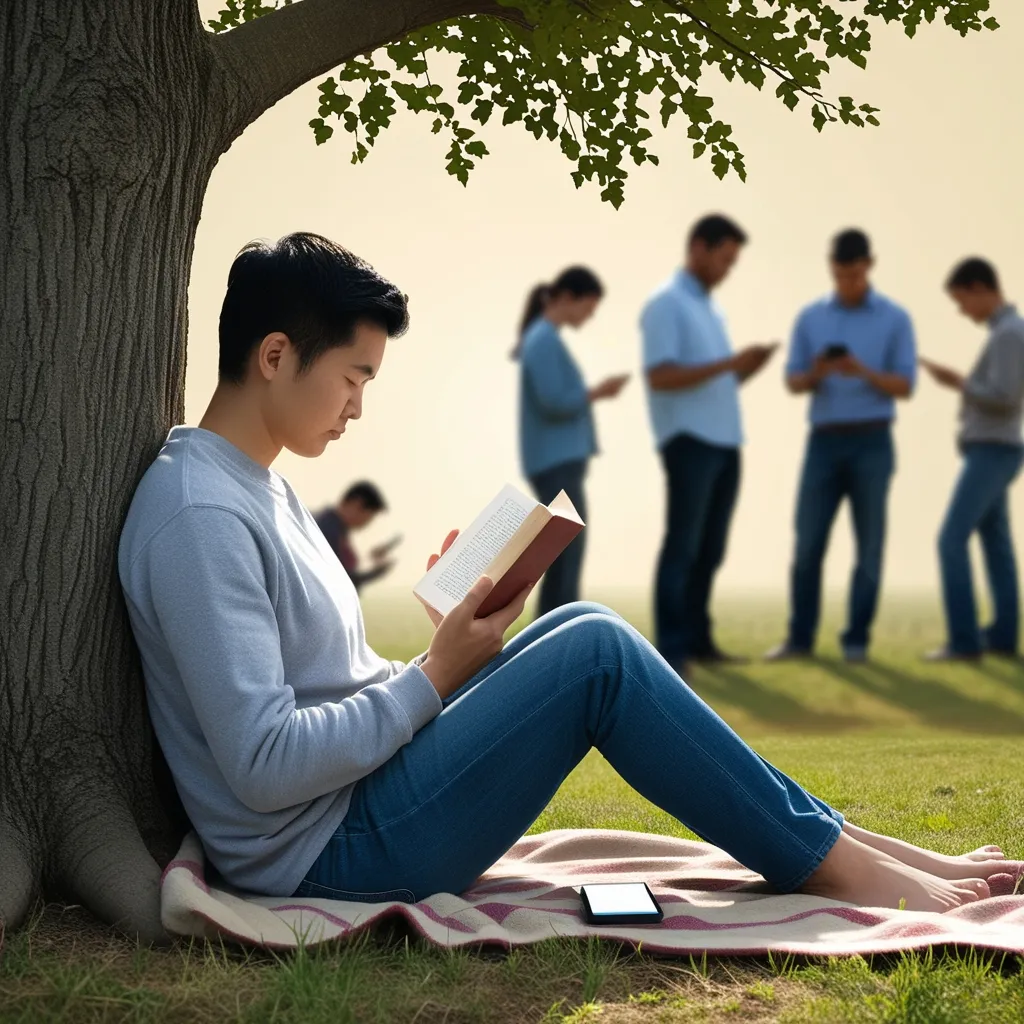In the hustle and bustle of today’s world, there’s this constant itch to multitask. It feels like balancing multiple things at once is the secret sauce to getting everything done quicker. But, surprise, surprise - science has a different take on this. Zoning in on one task at a time isn’t just a trendy productivity tip; it could transform how we manage work and life altogether.
The Myth of Multitasking
Picture this: you’re composing an email while also trying to put together a project report. Feels like you’re the ultimate multitasking maestro, right? Well, not quite. What’s actually happening is your brain is doing a sort of ping-pong action, flipping back and forth between tasks. It’s not multitasking; it’s task switching, and it drains your energy fast. You might end up making more errors, and studies claim your productivity can even dive up to 40%.
Embracing Single-Tasking
Now, here’s where things get interesting. Shifting your focus to one task at a time? That’s where the magic happens. You start wrapping up tasks faster because, without the constant juggling, it’s easier to slip into that enjoyable flow state. It’s like being all in the zone, where your creativity is on point, you’re snug and satisfied, and your performance peaks.
Single-tasking also brings a stress-buster bonus. Let’s be real – eyeballing a never-ending to-do list can be hair-raising. Focusing on just one task at a time calms down that chaos. You check off one thing, feel that sense of achievement, and suddenly, you’re riding a wave of confidence.
Dodging Distractions
In the age of endless notifications and social media scrolls, sticking to one task can be pretty challenging. But hey, no pain, no gain. Start by cutting down those known distractions. Silencing your phone, logging off from social platforms, or working in a quiet nook can work wonders. Fewer distractions mean your brain’s focus laser stays strong on whatever you’re doing.
Setting Priorities Straight
It’s all about prioritizing. Instead of hanging onto the notion of juggling everything, rank your tasks. List them by importance and tackle them one by one. Think of it this way: if everything is your priority, then nothing really is. Keeping your list short and sweet makes it digestible and less likely to tempt you into multitasking.
Time Blocking FTW
Working in chunks is another stellar strategy. Take the Pomodoro Technique, for instance. You work intensely for 25 minutes, then take a little break. This way, you’re recharging and bouncing back to your tasks with fresh energy and a sharper focus.
Mindfulness Matters
Single-tasking is a bit like practicing mindfulness. Each time you fight the urge to check your texts or jump onto a new task, you’re honing your focus muscles. It’s a practice that rewards you big time, enhancing your creativity and overall satisfaction. Keep targeting back to your task, just like how you’d return to your breath in meditation.
When Multitasking is Okay
Sure, single-tasking rules, but there are exceptions. Take exercise, for example. Oddly enough, multitasking during physical activities can be beneficial. Exercise amps up the blood flow to your brain, boosting your cognitive abilities without the usual downsides of multitasking.
And then there are those low-key tasks like washing dishes or folding laundry. These don’t need much brainpower, allowing your mind to drift and, weirdly enough, sparking creative solutions to problems. It lets your brain take a breather and revisit the main task refreshed.
Continuous Partial Attention
In our digital era, there’s also this concept called continuous partial attention. It’s about skimming through loads of incoming data and picking out the relevant parts. While it sounds like classic multitasking, it’s really about spreading awareness over multiple information streams and snapping attention to the most pressing or intriguing ones.
Practical Single-Tasking Tips
So, ready to give single-tasking a whirl? Here are some laid-back tips to get rolling:
- Cluster Similar Tasks: If you have to handle multiple tasks, group the related ones together. Like, if you’re working on a sales pitch, lump in reading related materials and jotting down notes without hopping onto an unrelated task.
- Music to Your Ears: Tuning in to music can help—pick ASMR, binaural beats, or classical tunes for high-focus tasks. If the task’s a tad less demanding, some upbeat music with lyrics might just do the trick.
- Plan Like a Pro: Carve out your work hours with precision. Knowing what you’ve got to tackle at any given moment helps in dodging procrastination and staying laser-focused.
- Brain Dump Your Thoughts: If random ideas keep popping up, scribble them down. This helps you stay on your task without losing track of your brilliant spurts of inspiration.
Wrapping It Up
Life’s too fast-paced to be bogged down by the illusion of multitasking mastery. Single-tasking isn’t just about checking off boxes more swiftly; it’s about upping the quality of your work, being more efficient, and keeping your sanity in check. By steering clear of distractions, honing in on priorities, and harnessing the power of time blocks, you can churn out top-notch results while enjoying the satisfying ride of seeing your tasks through. Next time you think about juggling, remember: focusing on one thing at a time could be the real game-changer.






